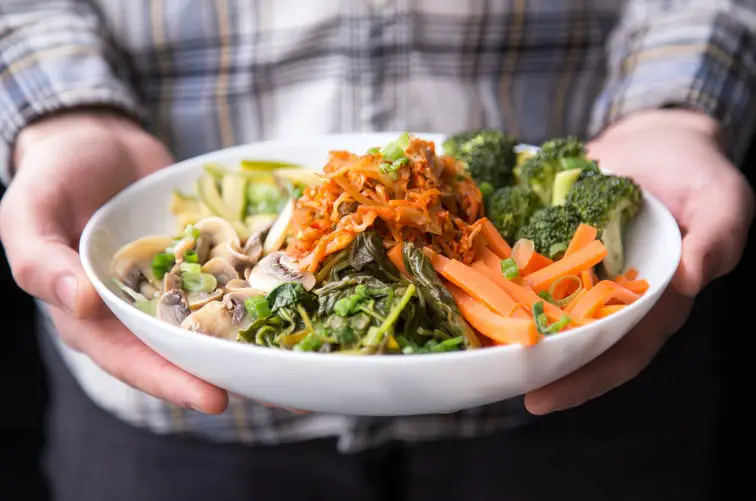There is a saying that goes like, “We eat with our eyes first.” The entire culinary experience involves different elements like colors, shapes, textures, and capturing photographs of food involving capturing all of these elements. You can be working for a client or posting on Instagram; there are a few straightforward rules to follow to capture that perfect mouth-watering shot. Having a beautiful culinary piece in front of you, you don't actually have a choice not to do justice through the photos.
LIGHTING
If you pay enough attention to light, composition, style, and your camera's settings, it will make your food photography deserve a Michelin star. A few nice rays of sunlight will dramatically transform your food photography better than any photoshop filter, but not all-natural light is made equal. Never be lured towards a bright patch of sunlight. The direct lighting can give your food dark shadows. If you're handling a snack that's naturally light in color, like mashed potatoes or oatmeal, exposing it to direct sunlight might cause its texture to look shapeless and render the whole image overexposed. Hence you need to pay attention to lighting. The sweet spot for natural lighting is outdoors on a sunny day. Finding a tree covering, or shaded window sill, maybe propping an umbrella up over your food goes to offer you that evenly lit, textured and defined aesthetic that sets your work apart from everything else out there.
FOOD STYLING
As a rule, you would like your food photography to make the viewer want to grab the plate and take a bite. This is not getting to happen if flash is making your food look too greasy or space-bound. While the composition will help add interest and specialize in your pictures, good food photography must involve great food styling. You might not usually eat breakfast with coconut flakes or pumpkin seeds decor, but employing these sorts of stylistic choices will help draw people's interest to the subject within the frame. This will add a lot of beautiful elements to the image. A perfect food photography background also adds value.
FLASH
Unless it is a stylistic choice, flash should never be utilized in food photography. Overusing flash can create glare, giving an otherwise perfectly seared fillet an oily sheen or a slice of cake a shiny look that is undesirable. Flash also can produce the confusing illusion of “floating food.” This happens when a flash bounces off a white plate, making the dish look indistinguishable from the table and causing your food to seem like it's floating in mid-air. This can be problematic, so try avoiding flash as much as possible in food Photography.







